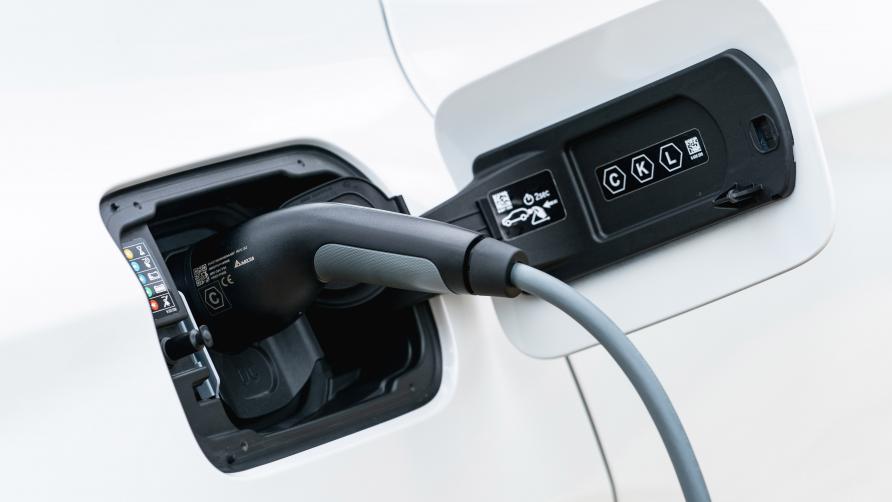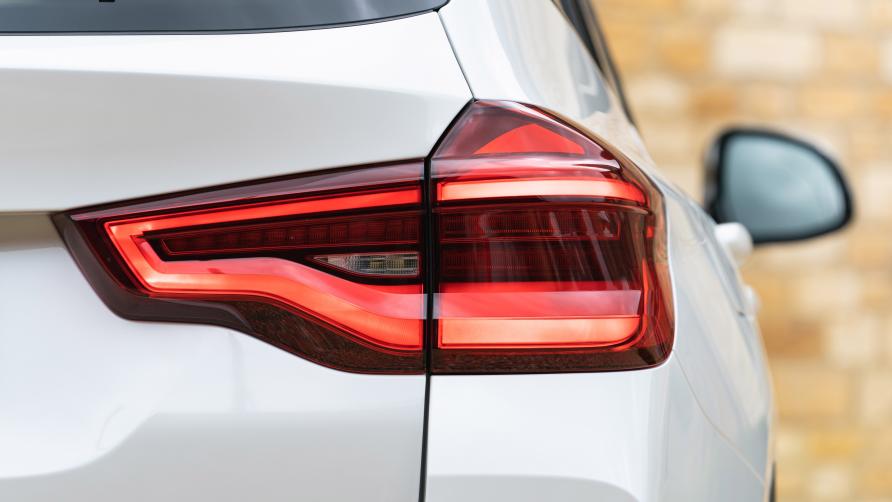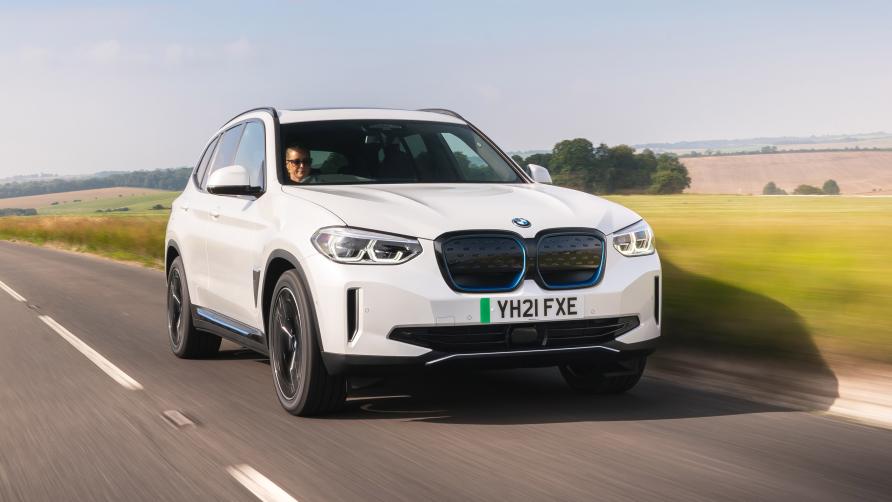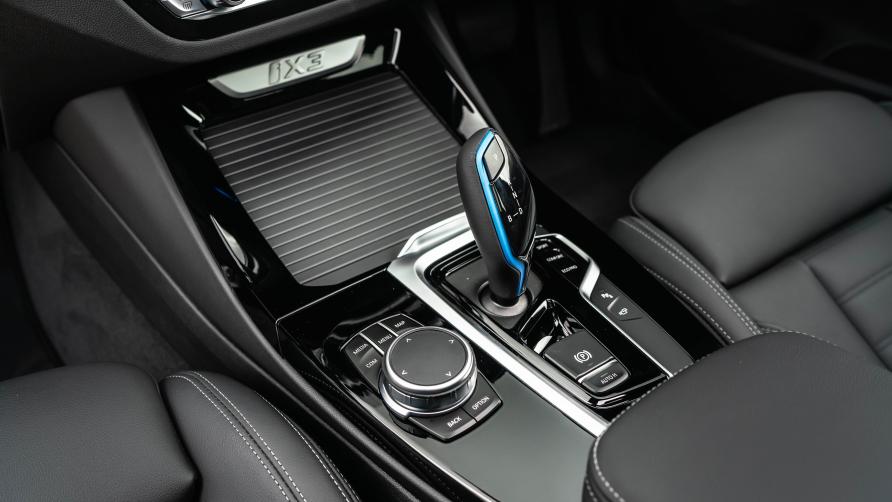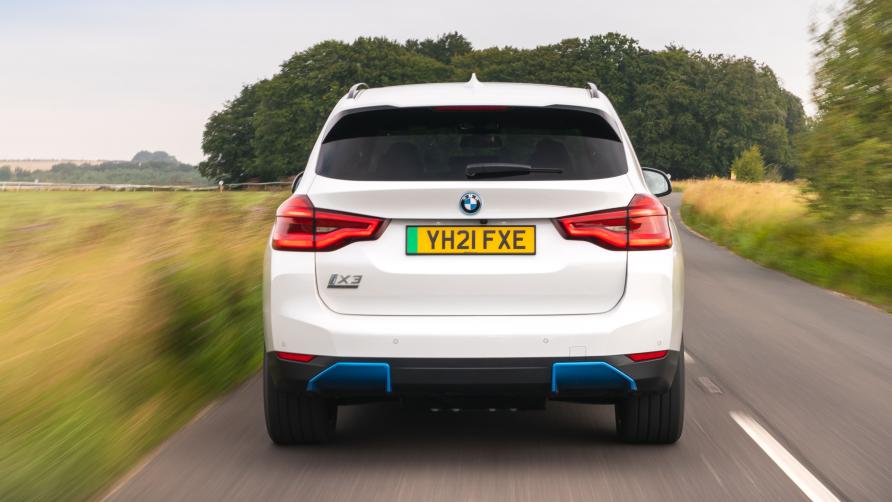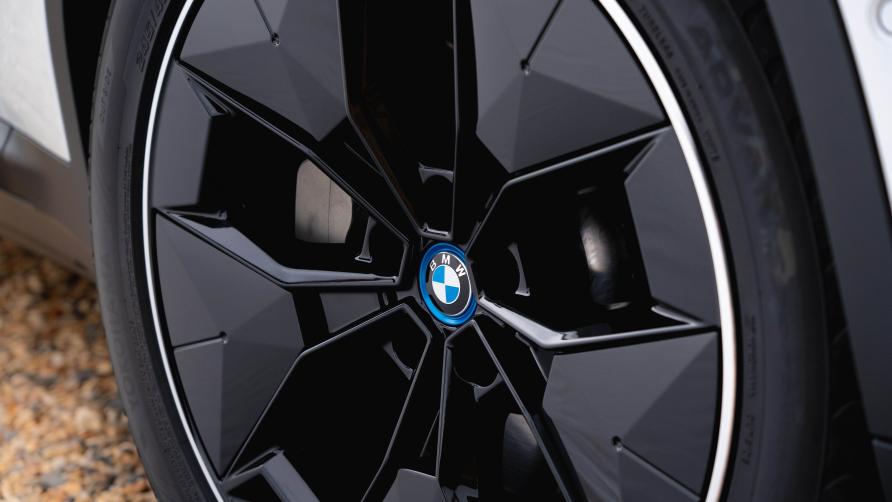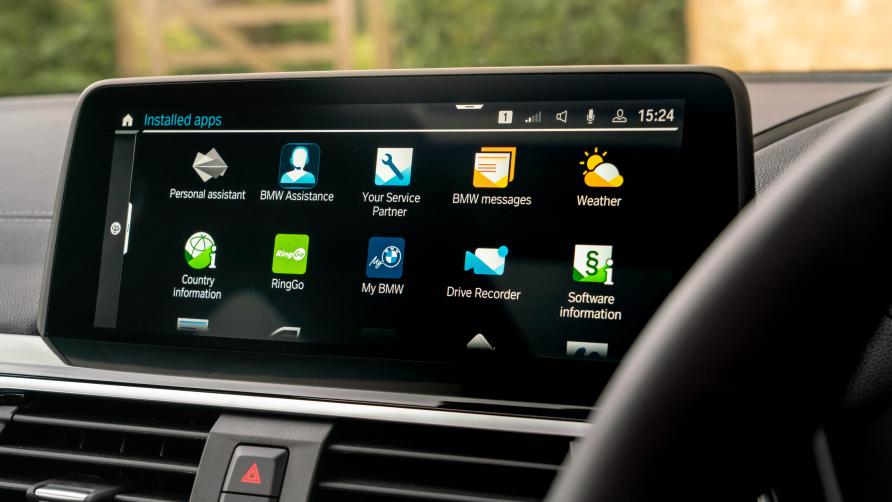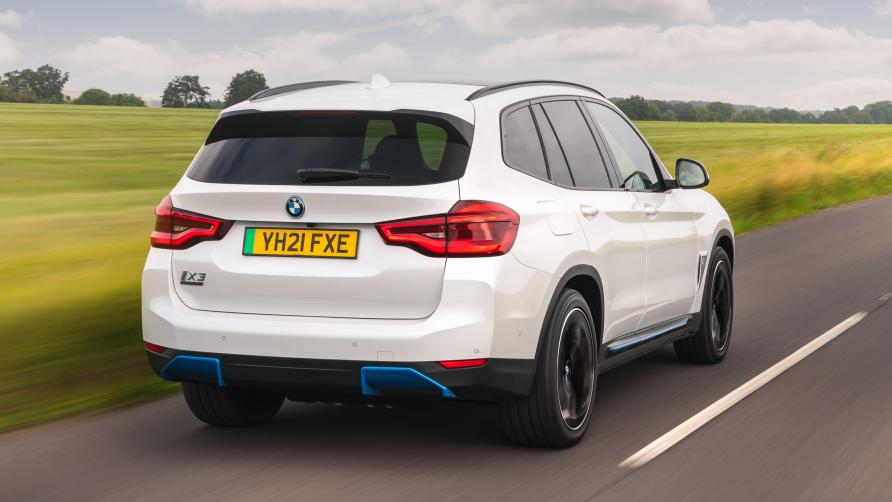BMW iX3 review: all-electric SUV tested
2021 BMW iX3 Test Drive: electric X3 sampled in the UK
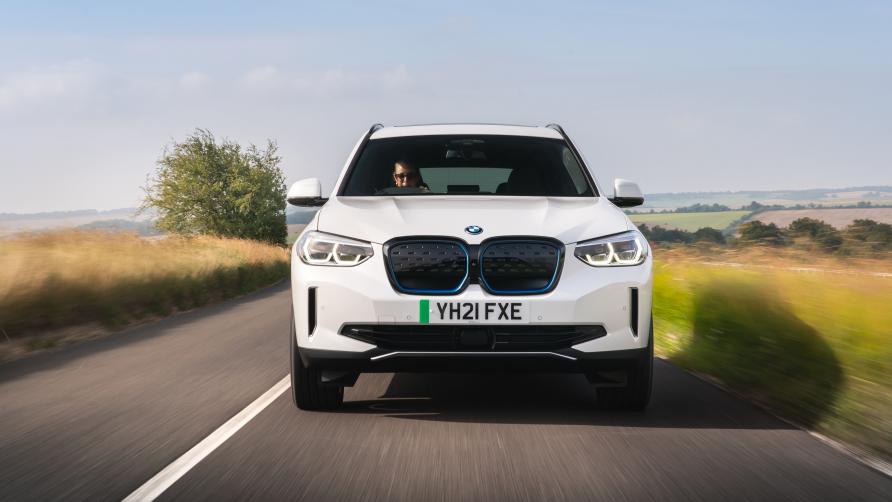
OVERVIEW-WHAT IS IT?
Well well. A whole seven years after the i3, BMW brings out its second fully-electric production car. And this time it looks normal.
In fact, it is normal. It's just another X3. Which is actually BMW's biggest selling car – yes bigger than the 3 Series. The X3 can be had as petrol, diesel, plug-in hybrid and now full-electric. The version fuelled by unicorn wee is eagerly awaited.
HAS IT BEEN MODIFIED FOR BATTERIES AND WHAT NOT?
The iX3 was engineered after the rest of the X3 lineup was finished. So they didn't alter much. The cabin is unchanged. Its body shell isn't much different, even underneath.
This means the battery isn't as big as you might expect. And it has to hang below the floor so there isn't as much ground clearance as a full SUV. Legroom doesn't increase. It's rear-drive only, and there's no front boot. Rivals have bigger packs, twin-motor 4WD and frunks.
It has also already been facelifted, despite the fact it has only been on sale in Germany for a few months and has barely reached our shores. The new look will add a sharper front end and seems to take rear light inspiration from the new 2 Series Coupe. It also brings a bigger infotainment screen and a fresh gear selector. Order one now and you’ll get the newbie, but a select few will have the pre-facelift Premier Edition or Premier Edition Pro that you see in the images above.
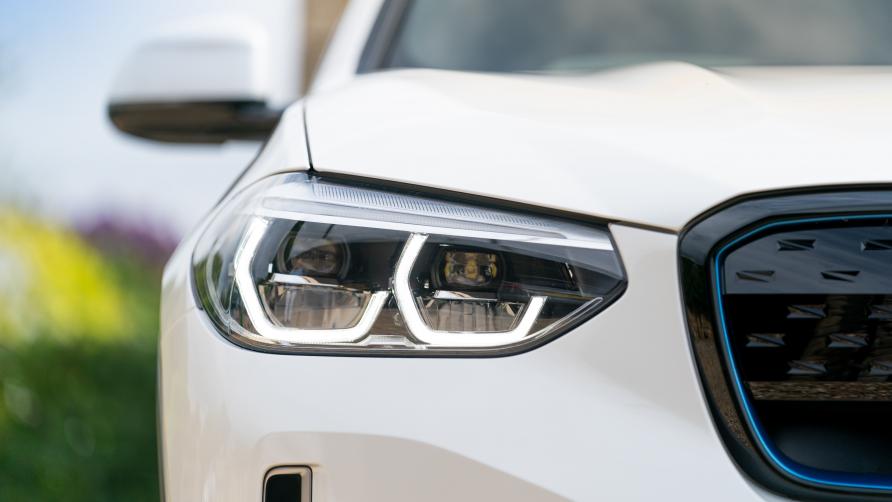
HIT ME WITH SOME FIGURES.
So, the magic numbers then. With just the one 282bhp motor, 0-100kph takes 6.8 seconds. There's none of the whiplash acceleration of the rival leccy-SUVs. The battery is a modest 80kWh gross, 74kWh useable. BMW looks to be dragging its feet badly here.
But the WLTP range is an excellent 458km, and this smallish battery will charge fast because it'll accept 150kW.
In other words, the iX3 looks very efficient, and it targets the way people really use their cars rather than the characteristics that'll win YouTube or Twitter wars.
WHO'S IT FOR?
It's for people who want a crossover not for off-roading but because of the high driving position and big boot. That'll be most buyers of crossovers then, especially electric crossovers, and especially in China and the US.
And China is where the iX3 is built. Not that you can tell – the build quality, materials and refinement are exactly what you get out of the Munich factory, or indeed the US factory where the normal X3 is made.
Despite the apparently compromised layout, it uses BMW's latest generation of battery, electronics and motor. The battery has greatly improved energy density, the motor has better power density. In other words, more go from less size. They'll also be seen in the i4 saloon and iNext crossover, which use a dedicated floorpan and space for a higher-capacity pack to get more range.
The iX3 is usefully cheaper than its whizz-fast 4WD rivals (think Jaguar I-Pace, Mercedes-Benz EQC 400 and Audi e-tron 50). The pre-facelift Premier Edition started at £58,850 (RM337k), with the Pro at £61,850 (RM355k). Now you can have an M Sport for £59,730 (RM343k) or an M Sport Pro for £62,730 (RM360k).
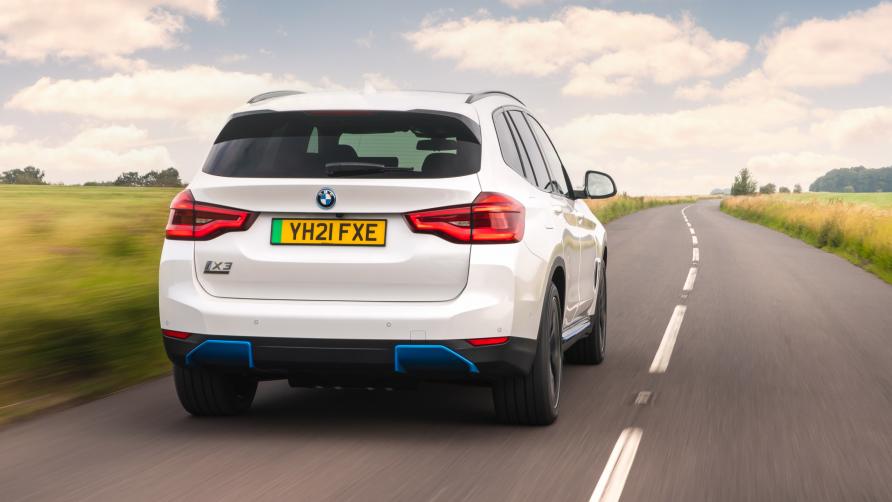
WHAT'S THE VERDICT?
After the way-out-there i3 and i8, this is all pretty pragmatic. The iX3 is a mainstream crossover, and can go a long way on a charge.
BMW admits it isn't an off-roader, because few people go off-road. And it doesn't carry the weight and cost of dual motors in pursuit of a crazed 0-62 time, because after one or two trial runs most people find they don't want to be human cannonballs. That said, 0-62 in 6.8 sec is none too shabby by the standards of the diesel crossovers that so many people are happy with.
And those engineering choices mean it wears a lowish price. At least among the premium brands. Mind you, it's arriving at the same time as things like the Mustang Mach-E, the Nissan Ariya and the VW Group's ID.4/Enyaq. People might soon have other questions about what's a good-value electric crossover.

DRIVING-WHAT IS IT LIKE TO DRIVE?
While Audi and Mercedes of course make electric crossovers of extreme smoothness and quietness, they tried hard to make the e-tron and EQC feel normal to drive. But they blew it, by making them super-normally fast. Not here. The iX3 is almost ridiculously normal.
The power comes in with urgency, sure, but it's never brutal, even when you mash the pedal. There’s only 282bhp and 400Nm of torque shifting over 2.2 tonnes, remember. Still, the iX3 keeps on going determinedly and with the usual seamless pure-electric smoothness, up to its 180kph limit.
WHAT ABOUT REGEN?
An automatic regeneration system takes signals from the sat-nav (for upcoming junctions, tight bends and speed limits) and the radar sensors (for traffic speeds in front). When you lift, it'll set the regeneration level to try to slow you smoothly towards the new target speed. If you lift early it'll let you coast efficiently, where fixed-level regeneration would slow you down too much then you'd be pointlessly back on the power. This system means lifting off has different effects in different circumstances, which is odd until you've learned to trust it, but really rather impressive once you do. Mercedes and Kia EVs have similar gadgetry.
Top-spec Pro versions come with an in-cabin sound generator (developed with Hans Zimmer, no less), an electronic hum that rises and falls in pitch as you change speed, and in volume as you press the pedal harder. Ease off and it sinks back to silence. At first I had it switched on, thinking it might be a useful perceptual aid to judge speed approaching corners. In the end it didn't seem to be, so I turned it off. Exactly the same happened when I drove the Porsche Taycan.
HOW IS IT IN THE CORNERS?
It might be a classically RWD BMW, but you never feel the rear wheels get frisky. Any latent oversteer is anticipated by combination of traction control and surprisingly wide and grippy tyres. In fact the 4WD Jaguar I-Pace's cornering is a fair bit more playable.
Still, the iX3 is superbly easy and relaxing to make progress in. The accurate steering might not have much feel, but it weights up naturally and its response is agreeably progressive. It's also stable in the straightahead on motorways. BMW's lane-keeping system is smooth and tenacious these days, but you won't need it.
The balance between roll and suppleness is also well calibrated, and even on potted Brit roads and 20-inch aero wheels, the ride is decently supple. The dampers are adaptive as standard.
Anyway, the main thing is it's efficient – especially since you’re unlikely to be tempted out of Eco Pro mode. My drive was definitely not hanging about, and range extrapolated to 230 miles. That's usefully better than I'd have managed, experience tells me, in the Jaguar, Audi or Mercedes. Despite the iX3's smaller battery. That drive saw 3.2m/kWh compared to the 2.7 I usually see in those rivals.
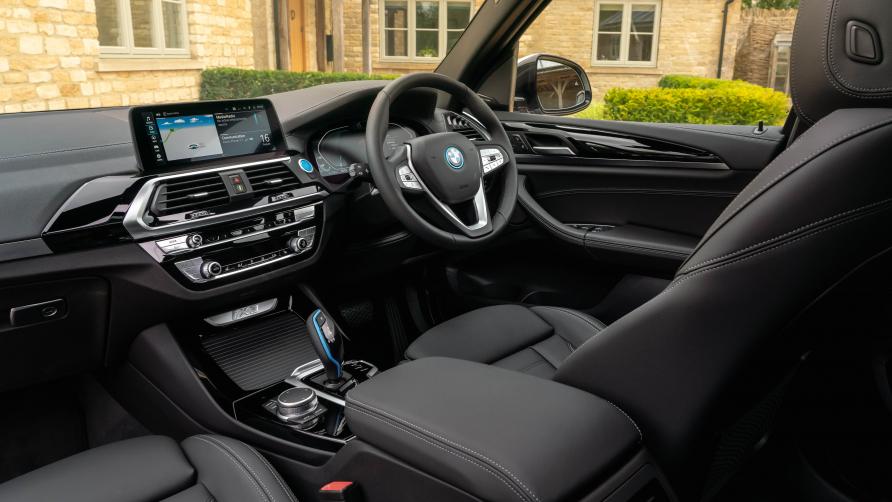
INTERIOR-WHAT IS IT LIKE ON THE INSIDE?
Here we see the compromises of not using a specialist EV platform. The iX3 isn't all that big in the back, which is the same trouble the Mercedes EQC has. Same as a standard X3, and much less than the Jaguar I-Pace. Still, the comparatively short wheelbase means a long rear overhang, and with it a big boot – there’s 510-litres of room back there. For context, something like the Mustang Mach-E gets 483-litres, whilst the I-Pace has 577-litres.
The cabin has a load of tech as standard, but it's mostly straightforward to use. Hardware switches cover the climate, driving modes and assists, and much else besides. Thank heavens BMW has resisted the temptation to think EVs = future = shove all functions into the infotainment screen. The forward-reverse lever is where you expect it to be, down on the not-transmission-tunnel, and flicking it over to the left puts the iX3 in its one-pedal-style Brake mode.
An electric-specific gauge or two appears in the cluster – a power-regen dial in place of the rev-counter, and a battery gauge instead of fuel. And you can call up more efficiency data in the central display. But otherwise it's all very much BMW-business-as-usual in here. Complete with supportive leather seats, a fine driving position, a standard panoramic glass roof and strong material quality. For more details, see our regular X3 review.
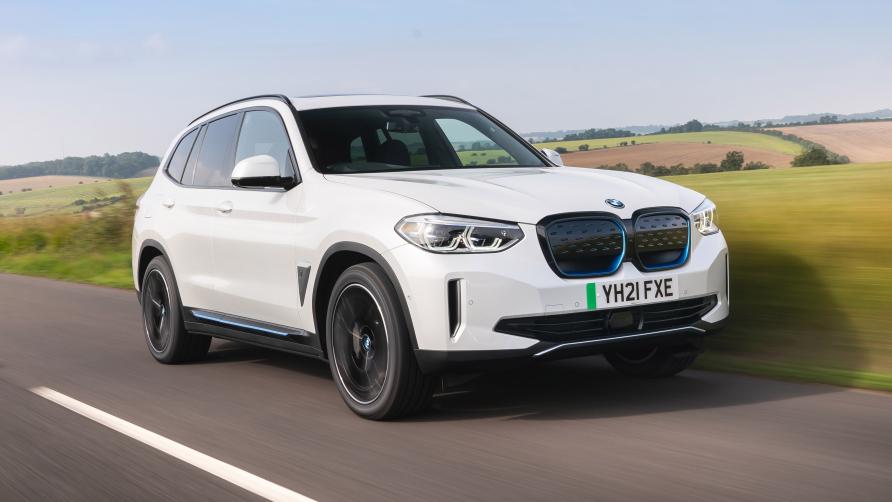
BUYING-WHAT SHOULD I BE PAYING?
The iX3 is garlanded in heaps of equipment, and it's cheaper to buy than the rivals from Mercedes, Jaguar and Audi. A good start. But then, it's slower.
BMW says the options list is 'carefully curated'. In other words, there isn't much choice. Just four exterior colours – black, grey, white or blue. Hopefully later on as supplies ease up there will be more.
As previously mentioned the Premier Edition was £58,850 (RM337k) with the Pro pack adding another £3,000 (RM17k). Post-facelift they’re known as M Sport and M Sport Pro with prices starting at £59,730 (RM343k) and £62,730 (RM360k) respectively. Both have electric seats, LED headlights, adaptive damping, glass roof, and the full driver assist pack. Adding Pro gives adaptive lights, self-parking, gesture control, better sound, keyless entry and BMW's superb HUD.
Because it's more efficient than rivals, has a smaller battery and can accept high charge power, the on-road journey times should be quick. Start at full after an overnight charge, stop after 220 real-world miles at a 150kW charger, and you'll have added about 180 real-world miles in half an hour. That'll complete a 644km trip.
BMW gives figures on full-life CO2. If you run it on green electricity, then the total for manufacturing, driving and recycling is a 60 per cent cut in CO2 compared with an X3 20d. Yes it takes more CO2 in manufacture, but after two years' driving you're ahead overall of the diesel. Even on EU average electricity (which is less green than the UK's) the cut is still 30 per cent. The cobalt and lithium are fully audited for fair production, and cobalt use is cut by about two-thirds versus last year's electric BMWs.


